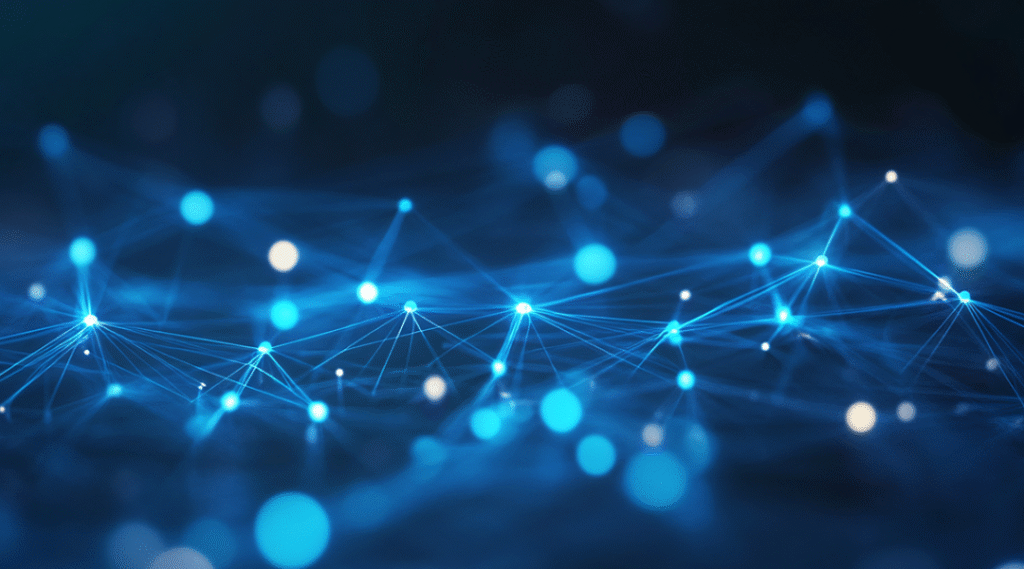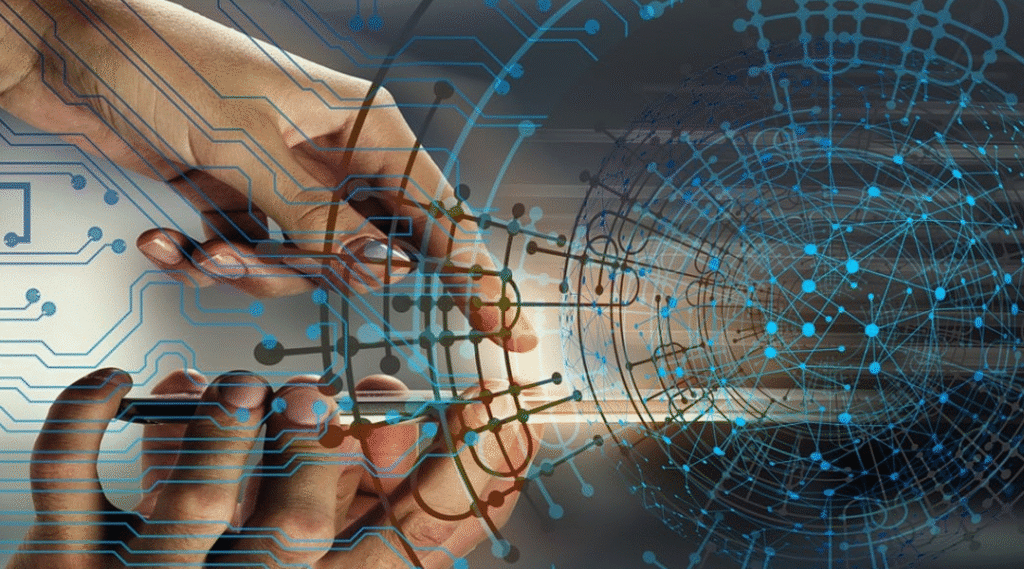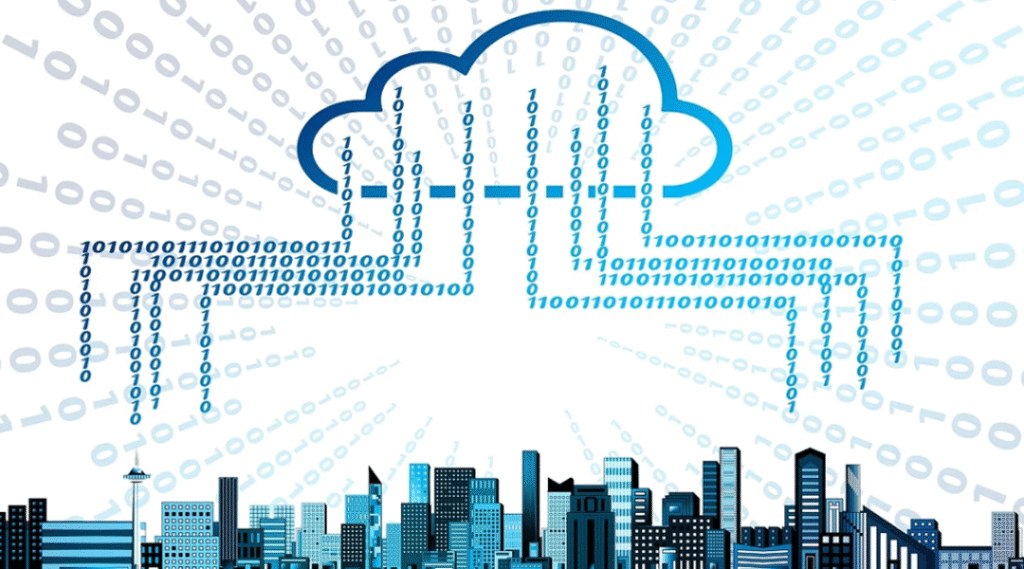The Internet of Things (IoT) has matured from a novel concept into an integral part of our homes, factories, and cities. By 2025, billions of sensors and smart devices are generating torrents of data every second—yet the true value of IoT lies not in data collection alone, but in its intelligent interpretation. Artificial Intelligence (AI) is the force accelerating this transformation, allowing IoT systems to evolve from mere connectivity platforms into adaptive, self-optimizing networks. This article explores six key ways AI is reshaping the next wave of smart-IoT development, driving efficiency, personalization, security, and scalability across industries.
1. Transforming Data into Actionable Intelligence
Early IoT deployments focused on aggregating data—temperature, humidity, motion events—but often struggled to convert raw readings into meaningful insights. AI closes this gap by embedding machine-learning models directly within IoT platforms. Edge-AI architectures enable smart devices to analyze sensor data locally, minimizing latency and reducing cloud-transmission costs. For instance, an AI-enabled vibration sensor on a production pump can detect microscopic deviations that signal impending mechanical failure. By predicting maintenance needs before breakdowns occur, businesses cut downtime, optimize spare-parts inventory, and extend equipment lifespans.
2. Driving Real-Time, Autonomous Adaptation
Next-generation IoT demands systems that can respond instantly to changing conditions. In smart buildings, AI algorithms fuse data from occupancy sensors, weather forecasts, and utility tariffs to adjust HVAC settings in real time—maximizing occupant comfort while slashing energy bills. Likewise, intelligent traffic-management platforms ingest live feeds from cameras and connected vehicles, dynamically altering signal timings to smooth traffic flow. By giving devices the autonomy to make split-second decisions, AI upgrades static sensor networks into self-learning ecosystems that continually optimize performance.
3. Crafting Hyper-Personalized Experiences
Consumers today expect technology to intuit their needs. AI-powered recommendation engines woven into IoT ecosystems analyze user behaviors—daily routines, content consumption patterns, and environmental preferences—to anticipate requirements proactively. A smart home system, for example, might preheat a room based on the homeowner’s morning schedule and local weather predictions. Wearable health devices can adjust workout suggestions by correlating sleep quality, activity levels, and past performance data. These personalized interactions transform IoT from a reactive toolset into an intuitive partner that enhances comfort, productivity, and well-being.
4. Fortifying Security and Preserving Privacy
As IoT proliferates, so do cybersecurity and privacy challenges. Millions of interconnected endpoints create a broad attack surface, and the sensitive nature of the data they handle demands robust protection. AI bolsters defense by deploying advanced anomaly-detection models that learn “normal” network behavior and flag deviations—identifying zero-day exploits, lateral-movement threats, or unauthorized device access in real time. Federated learning further strengthens privacy: edge devices collaboratively train a global AI model without sharing raw data, ensuring personal information remains on local hardware. Together, these techniques build trust and compliance, essential for large-scale IoT rollouts in healthcare, finance, and critical infrastructure.
5. Empowering Autonomous Systems and Robotics
In industrial settings, the marriage of AI and IoT is revolutionizing automation. Collaborative robots (cobots) equipped with AI vision systems can safely operate alongside human workers, progressively refining their movements through continuous learning. In logistics, autonomous guided vehicles navigate warehouse aisles by processing real-time location and inventory data—optimizing routes, balancing loads, and accelerating order fulfillment. On farms, drone-mounted thermal cameras and AI analytics assess crop health at the micro-scale, enabling targeted irrigation and pest management. These autonomous systems not only enhance efficiency but also elevate the role of human operators toward strategy, oversight, and innovation.
6. Scaling Complex IoT Networks with Adaptive Intelligence
Scaling IoT ecosystems brings challenges: disparate hardware, multiple communication protocols, and fluctuating data volumes can strain infrastructure. AI-driven orchestration addresses these issues by autonomously allocating compute resources, adjusting communication channels, and fine-tuning edge-to-cloud workflows. Reinforcement-learning agents experiment with different network configurations—learning which combinations yield optimal throughput, latency, and power consumption. Containerized AI models deployed across distributed edge clusters ensure consistency, regardless of device specifications. This adaptability enables organizations to expand from pilot projects to enterprise-wide deployments without sacrificing reliability or performance.
The fusion of AI and IoT heralds a new era of intelligent connectivity—where devices do more than sense; they perceive, learn, and act. By converting raw data into predictive insights, enabling real-time decision-making, and delivering hyper-personalized services, AI is transforming IoT into a proactive partner across homes, workplaces, and cities. Strong security frameworks and privacy-preserving methodologies cultivate trust, while autonomous robotics and adaptive orchestration unlock new levels of operational agility and scale.
Realizing this vision demands cross-disciplinary collaboration between data scientists, IoT engineers, and domain experts. Organizations that master this convergence will unlock fresh revenue streams, improve user experiences, and drive sustainable innovation. In a world where connectivity is ubiquitous, AI is the intelligence that will define the next generation of smart systems—shaping industries, empowering individuals, and reimagining what is possible in the age of intelligent IoT.
More for the topic:
From Screen to Lens: Can AI Glasses Truly Take Over the Role of Smartphones?
Realism Showdown: “I, Robot” vs. “Iron Man” in the AI Era
Wiring Tomorrow’s Workforce: Integrating Smart IoT, 5G, Cloud, and AI to Forge a Robust Robot World
As for in-depth insight articles about AI tech, please visit our AI Tech Category here.
As for in-depth insight articles about Auto Tech, please visit our Auto Tech Category here.
As for in-depth insight articles about Smart IoT, please visit our Smart IoT Category here.
As for in-depth insight articles about Energy, please visit our Energy Category here.
If you want to save time for high-quality reading, please visit our Editors’ Pick here.



